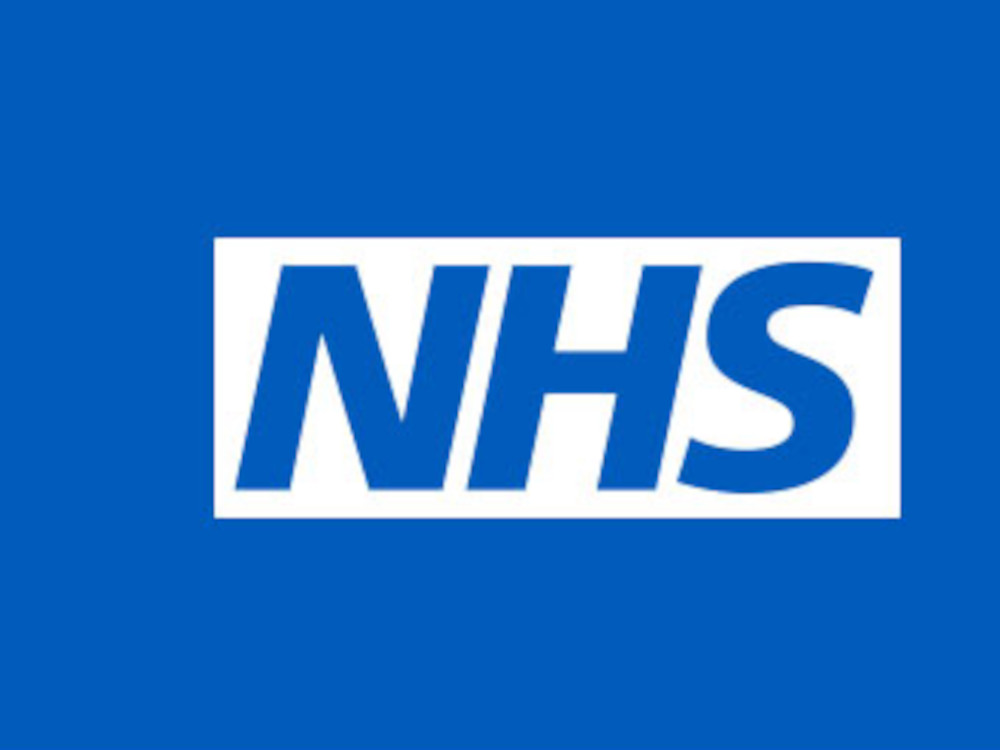After a consultation process beginning in October 2022, Britain’s National Health Service announced a final decision to stop prescribing puberty blockers for children and young people with gender dysphoria or gender incongruence.
Gender incongruence / dysphoria is defined by the NHS as “a condition where a person experiences discomfort or distress that is caused by a discrepancy between a person’s gender identity (how they see themselves regarding their gender) and that person’s natal sex (and the associated gender role, and/or primary and secondary sex characteristics).”
Puberty-suppressing hormones hold back the progress of puberty by delaying the development of secondary sexual characteristics.
The NHS decision had been foreshadowed in interim reports, but this week’s announcement of a Clinical Policy that “puberty suppressing hormones (PSH) are not available as a routine commissioning treatment option” comes with a range of documentation backing that decision. This documentation makes it clear that this is a decision based on detailed research.
Or the lack of it. The NHS’ “Evidence review: Gonadotrophin releasing hormone analogues for children and adolescents with gender dysphoria” complied in 2020 by the National Institute for Health and Care Excellence (NICE) points to a lack of evidence for the use of these treatments.
The report’s conclusion states: “The results of the studies that reported impact on the critical outcomes of gender dysphoria and mental health (depression, anger and anxiety), and the important outcomes of bodyimage and psychosocial impact (global and psychosocial functioning), in children and
adolescents with gender dysphoria are of very low certainty using modified GRADE. They
suggest little change with GnRH analogues from baseline to follow-up.”
GRADE is a tool for grading the quality of evidence when clinical practice is assessed.
A key reason for the low score was that many of the studies assessed were “small, uncontrolled observational studies, which are subject to bias and confounding, and all the results are of very low
certainty.”
This week’s NHS statement is based on the Evidence Review. The new clinical policy states, “NHS England has carefully considered the evidence review conducted by NICE (2020) and has identified and reviewed any further published evidence available to date.”
“We have concluded that there is not enough evidence to support the safety or clinical effectiveness of PSH to make the treatment routinely available at this time.”
It adds “This document will be reviewed when information is received which indicates that the policy requires revision.” The NHS considers it has met the requirements of the UK equalities legislation – that is that its new policy is not an act of discrimination.”
A key statement in the NHS, “Interim service specification for specialist gender incongruence services for children and young people”, describes the possible transient nature of gender incongruence and the presence of co-morbidities. The NHS has moved away from the older Tavistock model of a specialist service focused on gender incongruence.
“The clinical management approach should be open to exploring all developmentally and psychosocially appropriate options for children and young people who are experiencing gender incongruence. The clinical approach should be mindful that this may be a transient phase, particularly for pre-pubertal children, and that there will be a range of pathways to support these children and young people and a range of outcomes.
Not all children and young people who present with issues of gender incongruence will require direct interaction with The Service; in many cases, the most appropriate care can be provided locally, including with additional support and consultation by The Service. A significant proportion of children and young people who are concerned about or distressed by issues of gender incongruence experience co-existing mental health, neuro-developmental and/or personal, family or social complexities in their lives. The relationship between these presentations and gender incongruence may not be readily apparent and will often require careful exploration. “

